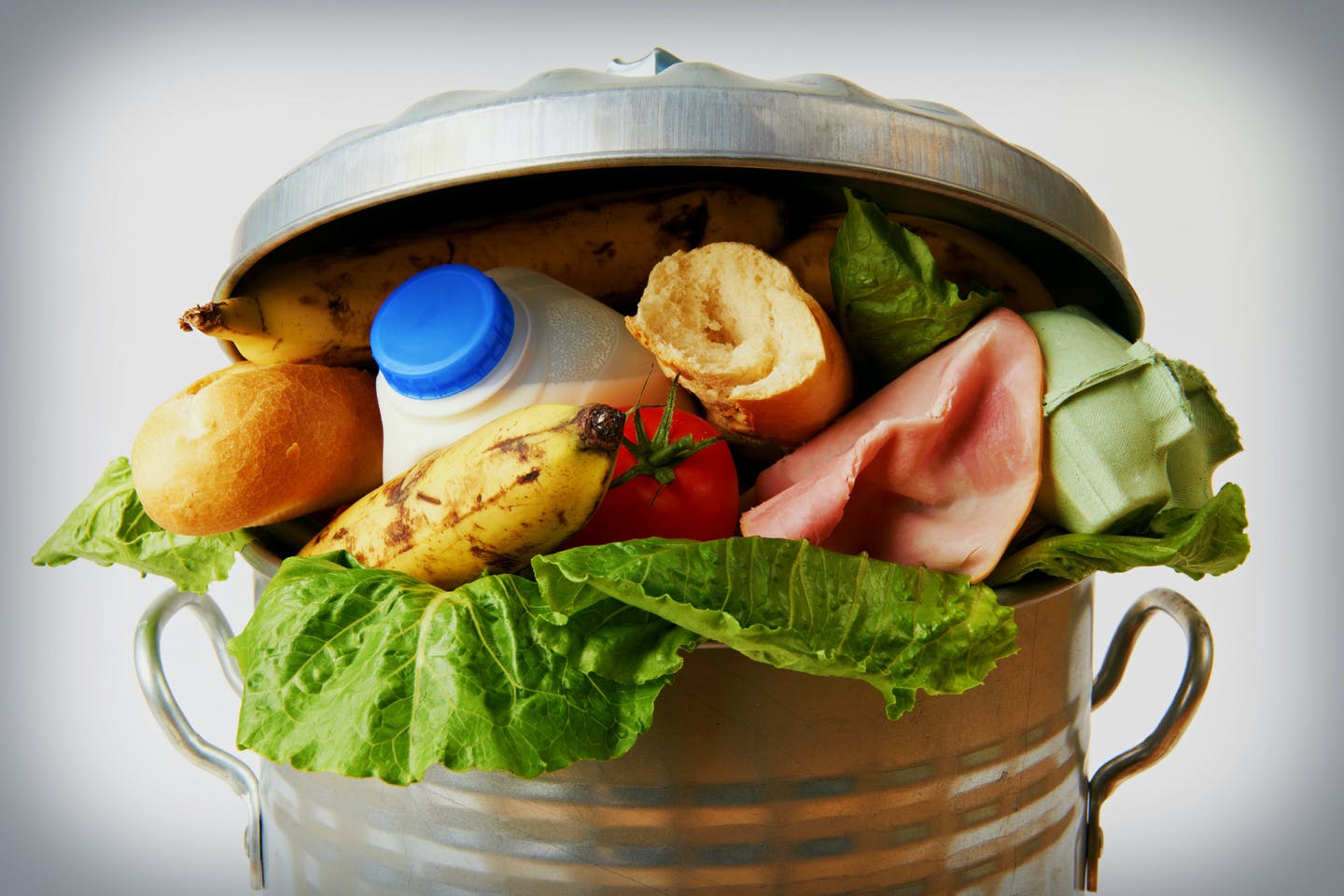Full Harvest Blog, Christine Moseley 7 AUG, 2019
As the saying goes, seeing is believing. For me, it was walking knee-deep in perfectly edible romaine leaves that were going to be churned back into the ground simply because only 30% of the plant was being harvested for romaine hearts for grocery stores. This heartbreaking experience first inspired me to want to make an impact in the fight to end food waste and start Full Harvest, a digital marketplace that connects food and beverage companies to farms to buy surplus and imperfect produce.
Food waste isn’t a new story. We read about the waste that’s happening in the grocery store and we see it happening on our countertops. But waste on the farm is still largely undiscussed while remaining a major problem. Why? For one, there are far fewer people visiting farms on a regular basis than there are going to grocery stores. Combine this with the fact that our aesthetic preferences for perfection in food have inadvertently primed our food system to leave good food behind.
That apple you bought for your child’s lunchbox? It has specific aesthetic standards, and if they’re not met, food retailers may reject it. Unfortunately, these conditions incentivize growers and suppliers to orchestrate harvest practices and selection techniques to harvest only what looks good over what IS good. And ultimately, consumers are the ones who play the biggest role in this. When we walk into the grocery store, what do we expect to see? A bounty of freshness, choice, and picture-perfect presentation. Perfect looking oranges and bananas. Perfectly-trimmed celery stalks. Everything just-so, in order to meet our preferences.
What most people don’t know is that when you buy something perfectly cut and trimmed, the rest of the plant is cut off and left in the field, releasing harmful greenhouse gases into the environment. Shockingly, these practices cause over 60% of all romaine in the U.S. to be wasted on farms and over 40% of celery, just to name a few.
Recently, we at Full Harvest joined forces with the brilliant minds at Santa Clara University to shed light on the massive problem of food waste happening on farms and bring the first comprehensive farm-level food waste study of its kind to the public. The findings are astounding.
Of the 20 crops reviewed, 34% of marketable yields go to waste on the farm. This is nearly double what’s been previously reported. And the commonly-cited NRDC report that found 40% of all food goes to waste – the rally cry of the food waste fight – doesn’t even include this or any other farm-level food loss data.
Read Santa Clara University’s full study here
What does this mean? For starters, food waste is likely a much bigger issue than we previously thought in regards to resource wastage. It’s already pegged as the #3 contributor to climate change, but this data suggests it’s likely even more of a contributor than previously understood.
What can we do about farm-level food waste?
- Rescue the “uglies”: Both businesses and consumers should be buying and demanding ugly produce. Any food business that processes produce and does not need to care what it looks like, should be buying 100% ugly and surplus produce from companies like Full Harvest. Consumers should seek out packaged food products with the Full Harvest seal — a sign that it’s made with rescued fruits and vegetables.
- Select whole products: when you go to the grocery store, whenever possible, we hope you’ll choose whole products (i.e. full heads of celery and romaine) to reduce the amount of waste created by ‘hearts’.
- Spread the word: food waste isn’t just happening in the fridge. Or on the shelf. It’s an issue that every member of the fresh food supply chain is faced with, including farmers, and one we urgently need to solve. The sooner we spread the word and create more solutions, the faster we can solve climate change.







